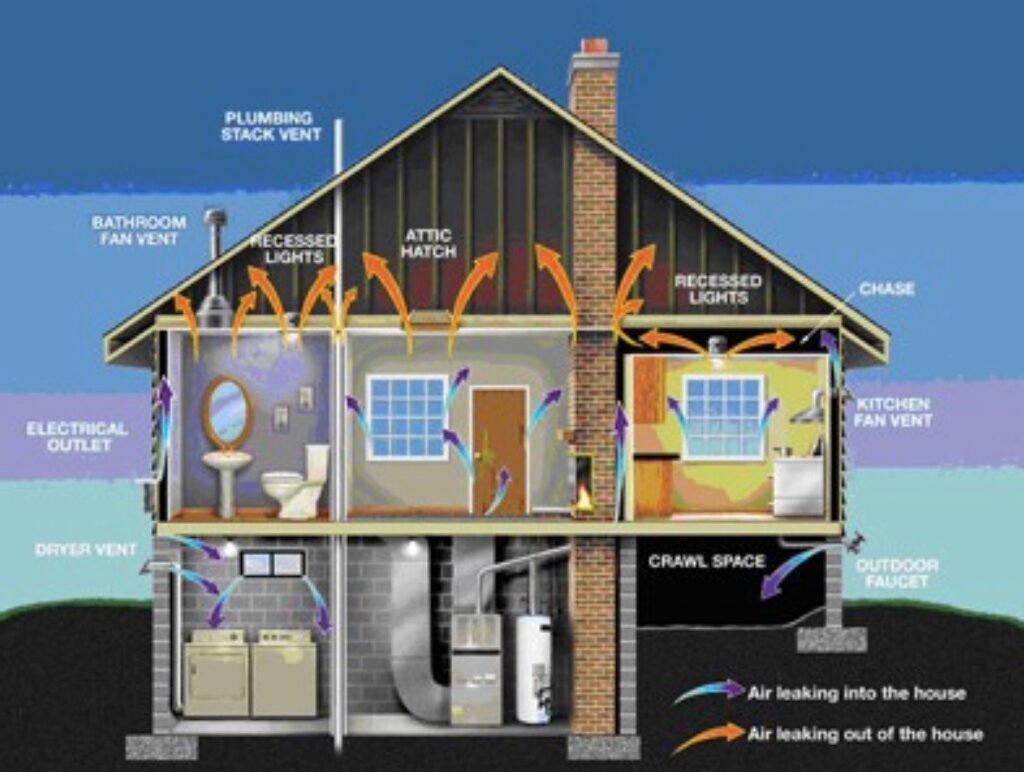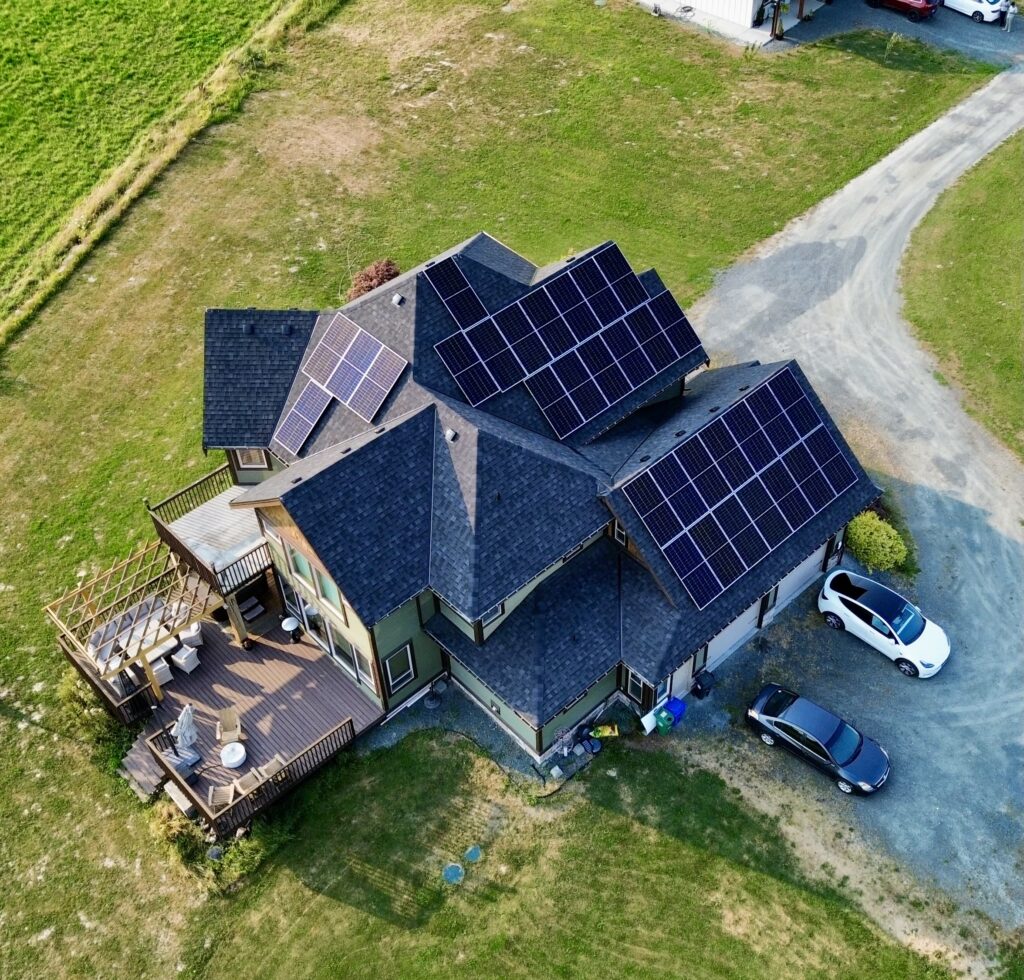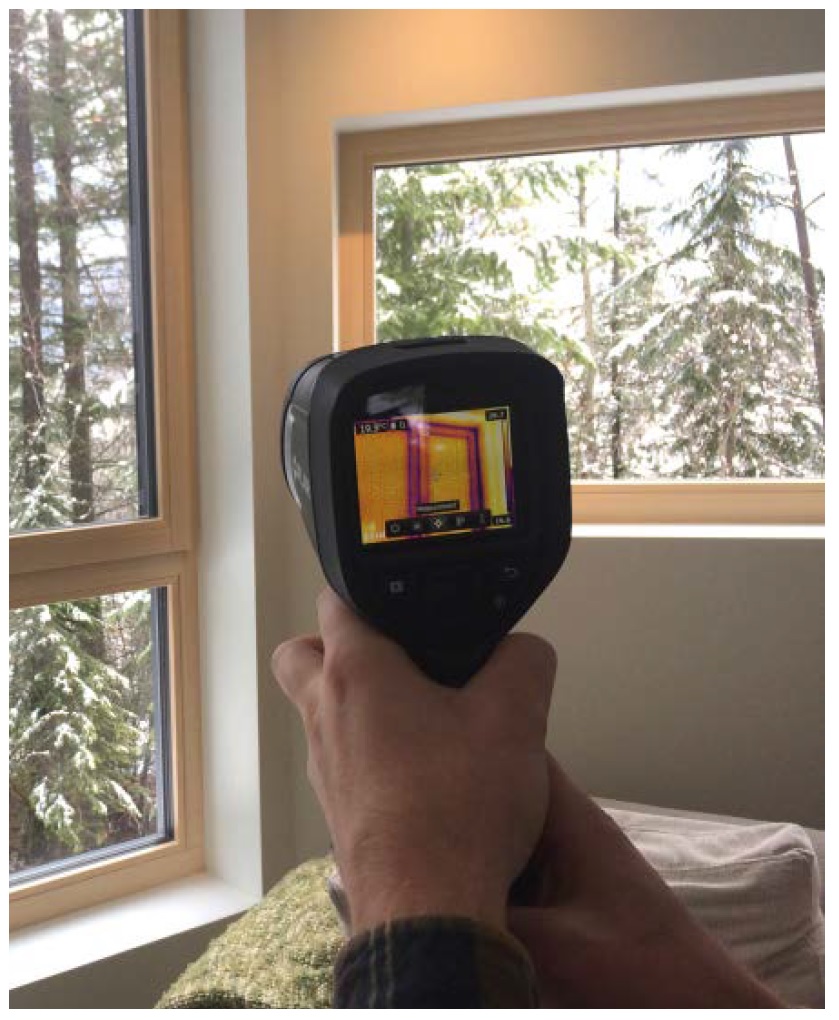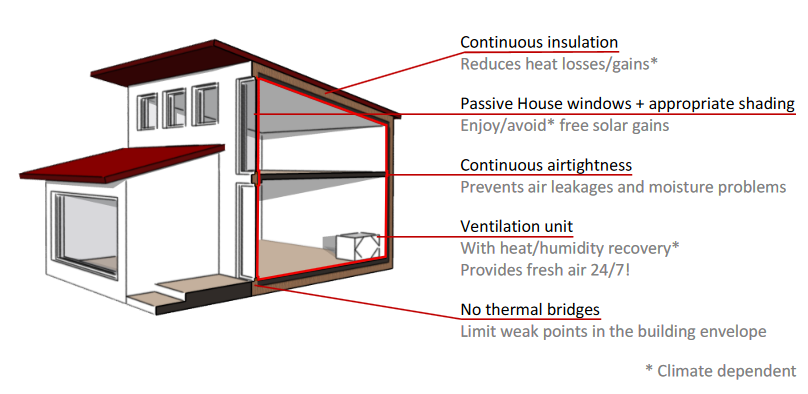SERVICES

Energy Modeling
Energy modeling for homes, conducted by experienced professionals, using blueprints and specifications or on-site evaluations to predict energy efficiency and generate comprehensive energy model reports.
Air Leak Testing
Our evaluation process for residential properties and individual units includes an 8-point testing procedure to verify the air tightness. We use infrared imagery and/or smoke pencils to detect any leakage areas and provide a comprehensive report.
Single/Multi-Family Housing
EnerGuide Rating – Our modeling services for buildings and homes adhere to plans and specifications to generate EnerGuide Ratings. We also manage the documentation and file administration to NRCan for the corresponding EnerGuide labels.
Passive Solar Design – We offer our expert guidance and consulting services for residential homes or buildings to maximize solar energy utilization through passive strategies and techniques
Green Building Guidance & Support – We will provide comprehensive training on sustainable building strategies and goals for builders, and provide homeowners and building managers with insightful information on green building features and systems to optimize building efficiency and durability.
Teca Heat Loss/Gain – The TECA Heat Loss & Heat Gain Calculator utilizes the CSA F280-12 calculation methods for efficient and accurate heating and cooling load calculations in Part 9 buildings.


Thermal Imaging – Infrared Camera(IR)
infrared light or thermography is the use of an infrared imaging and measurement camera to “see” and “measure” thermal energy that’s emitted from an object. Infrared allows us to see what our eyes cannot. In a construction setting, builders can use infrared images to locate the places where heat is leaking from a building, and identify ways to improve their installation of windows, doors, insulation, and air sealing. If you’re looking for inexpensive ways to improve the energy efficiency of your next build, consider utilizing infrared imaging at the pre-drywall stage. The discoveries you make can be communicated to your crews and implemented throughout the project
What is a Passive House?
A Passive House is a construction standard that embodies energy efficiency, comfort, affordability, and ecological sustainability simultaneously is the essence of Passive House. This concept is not merely a brand but a widely applicable construction methodology that has proven effective in practice.
However, a Passive House transcends the definition of a low-energy structure.
1- Buildings designed under the Passive House standard can achieve energy savings for heating and cooling of up to 90% compared to conventional buildings and over 75% compared to the average new construction. Specifically, in terms of heating oil consumption, Passive House structures utilize less than 1.5 liters per square meter of living space annually, significantly lower than typical low-energy buildings. Comparable energy savings have also been observed in warmer climates, where cooling demands exceed those for heating.
2-Moreover, Passive House buildings are renowned for their exceptional comfort levels. They capitalize on internal energy sources, such as the body heat of occupants and solar heat that enters the premises, thereby simplifying the heating process.
3- The use of appropriately insulated windows and a well-constructed building envelope, which includes highly insulated exterior walls, roofs, and floor slabs, ensures that heat is retained during winter and kept out during summer.
4-A sophisticated ventilation system continuously provides fresh air, enhancing indoor air quality without introducing uncomfortable drafts. This system guarantees low levels of Radon and contributes positively to health conditions. Additionally, a highly efficient heat recovery unit recycles the heat from exhaust air.
5-The significant energy savings realized in Passive House buildings result from the integration of particularly energy-efficient building components and a high-quality ventilation system. There is no compromise on comfort; rather, the overall comfort level is substantially enhanced.
